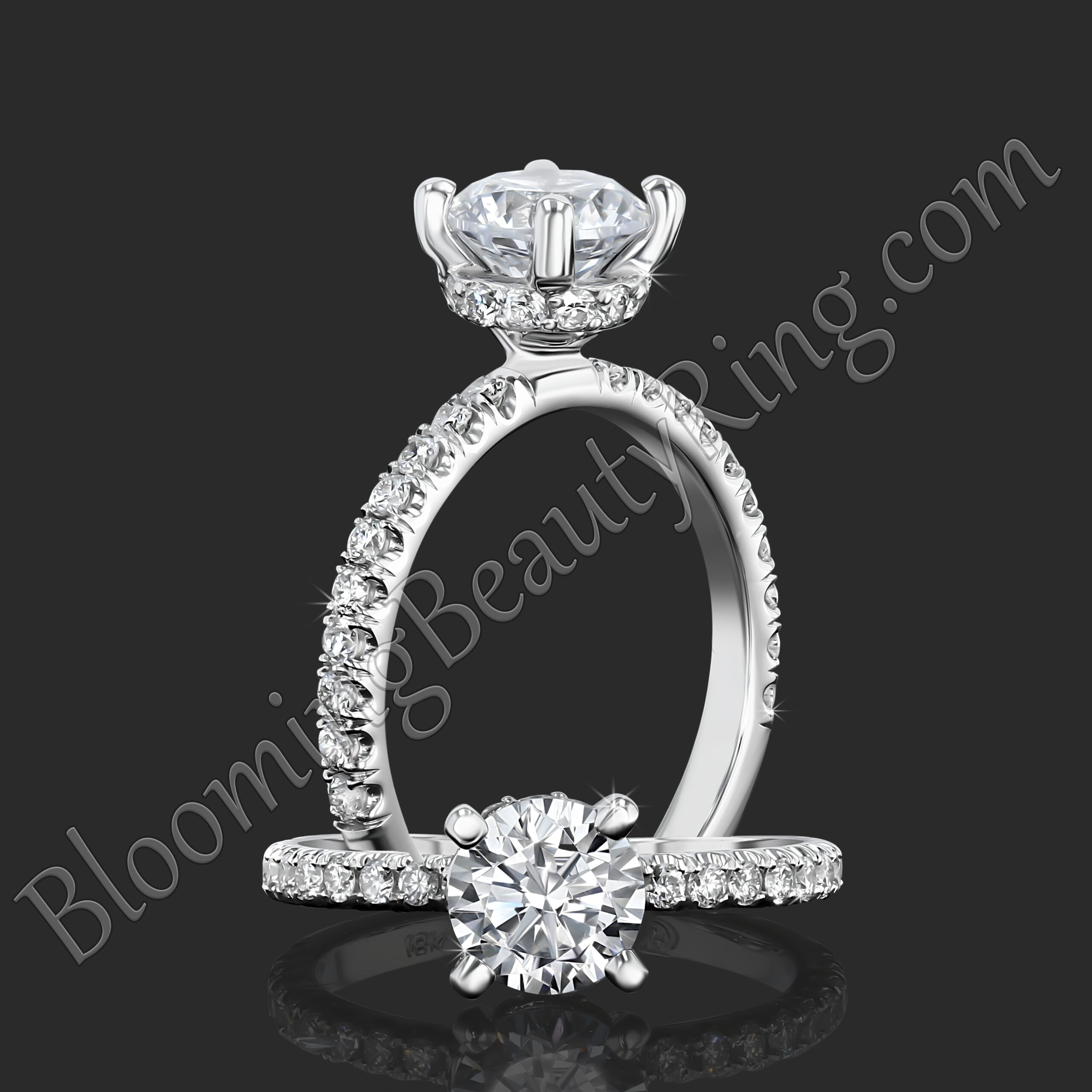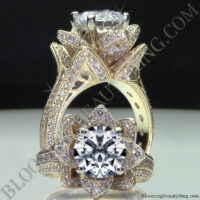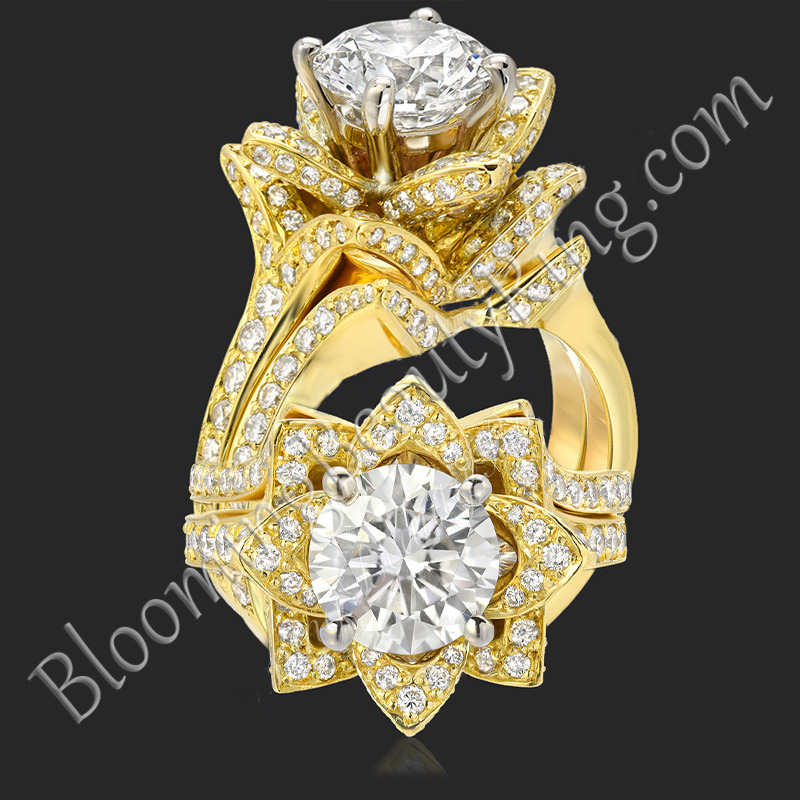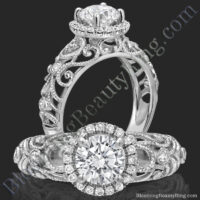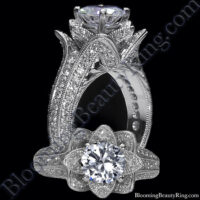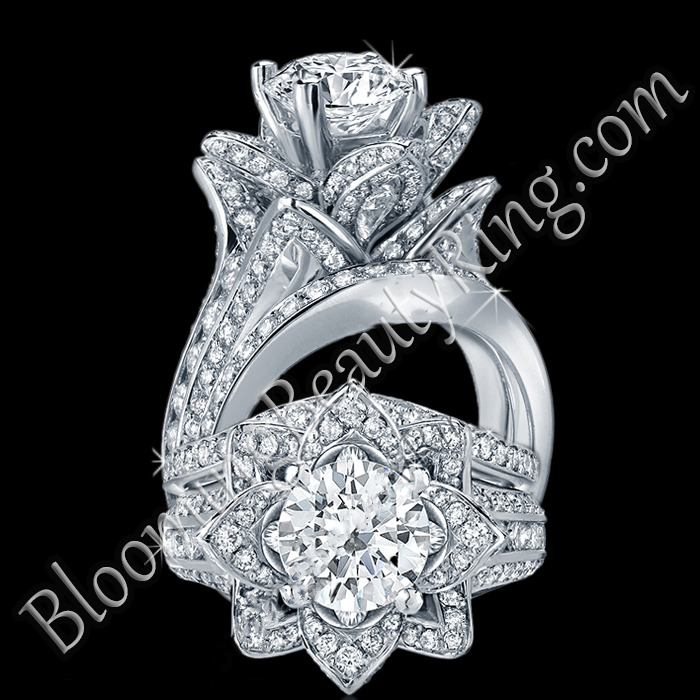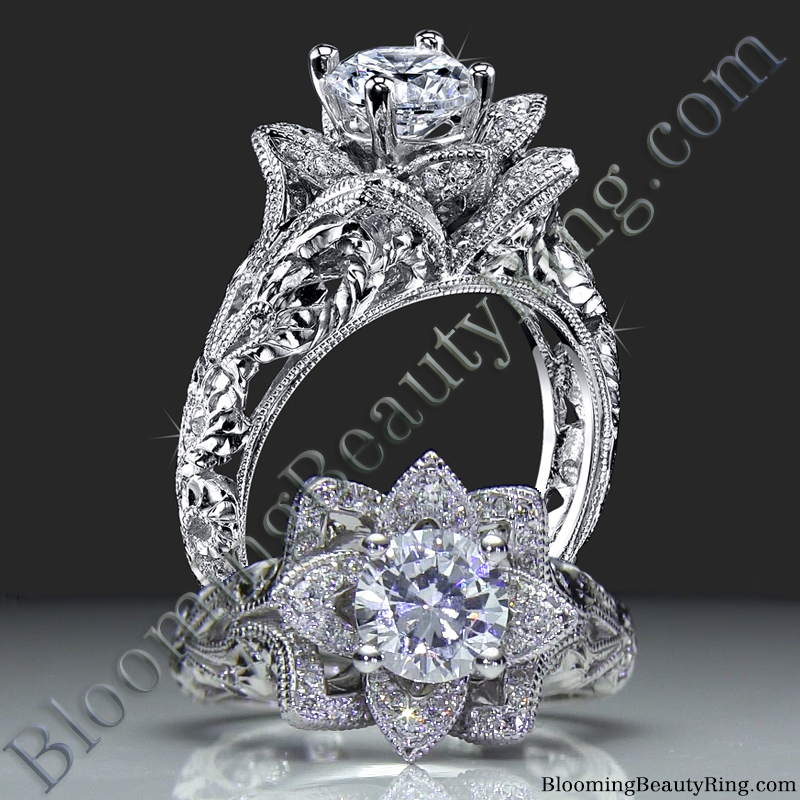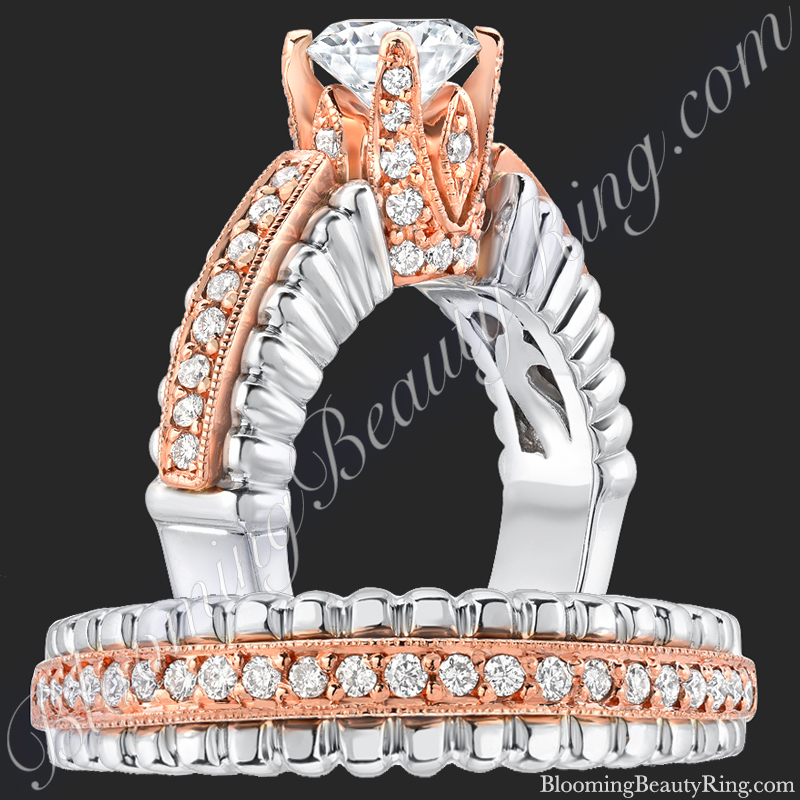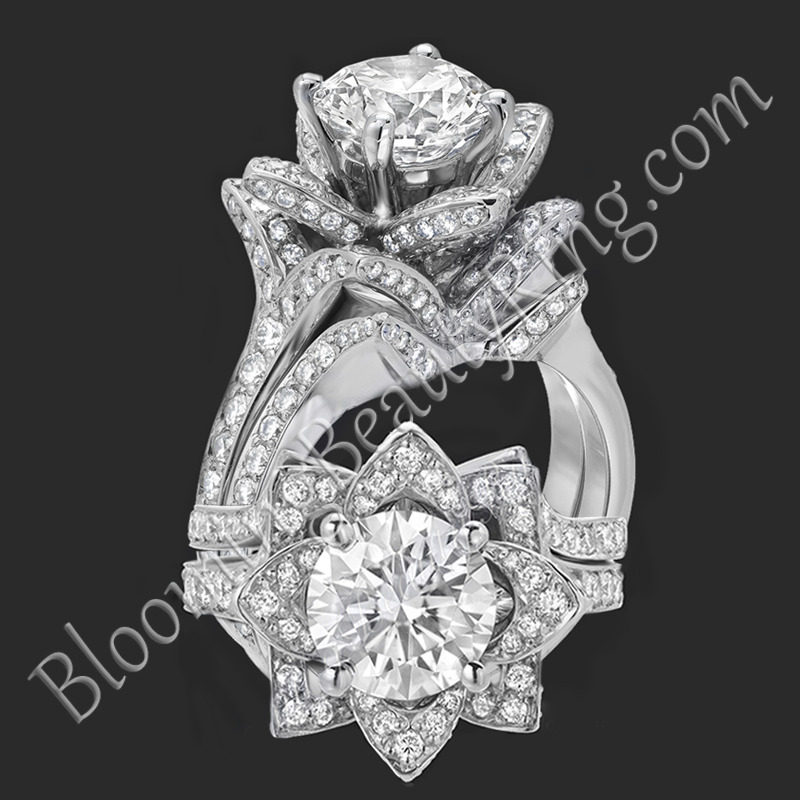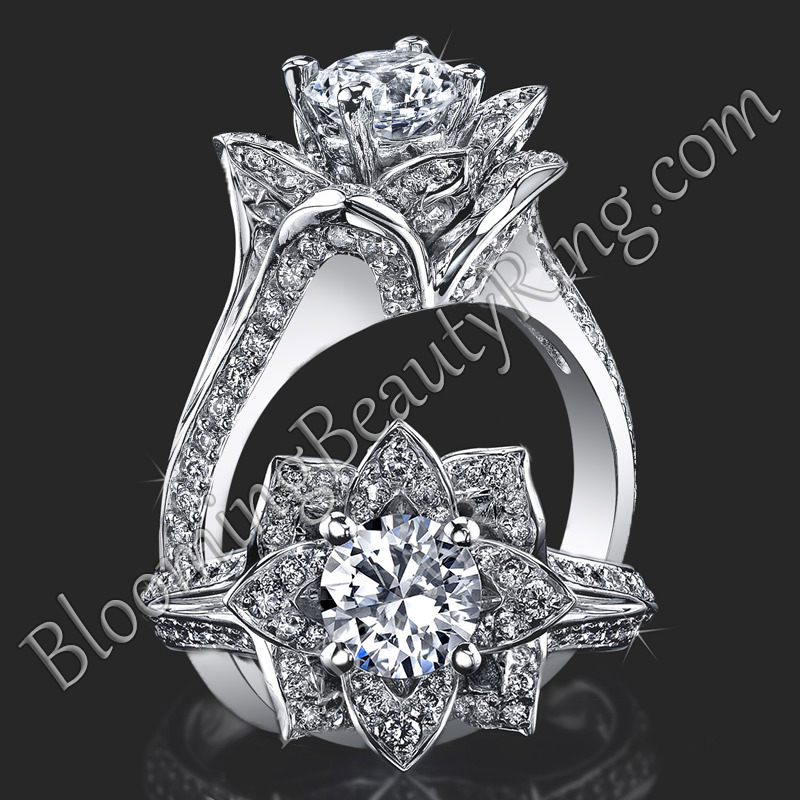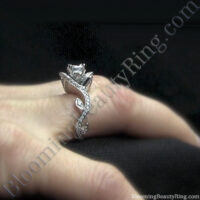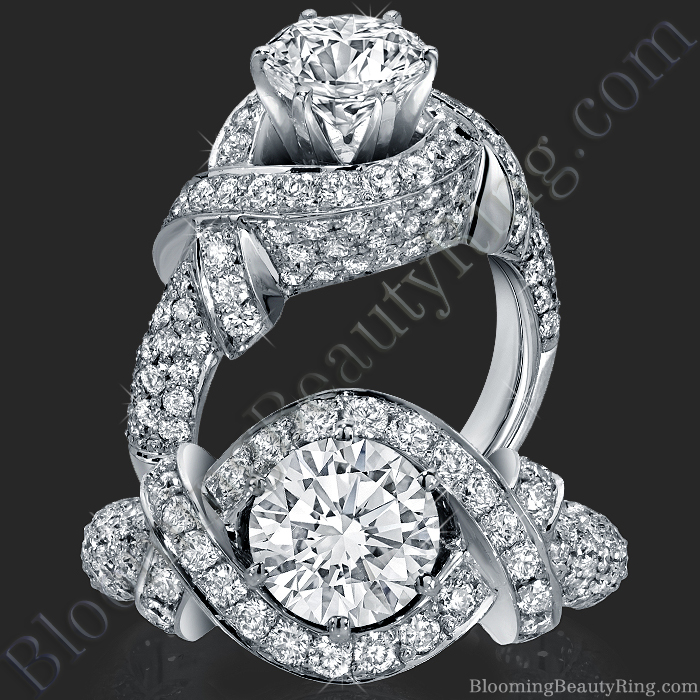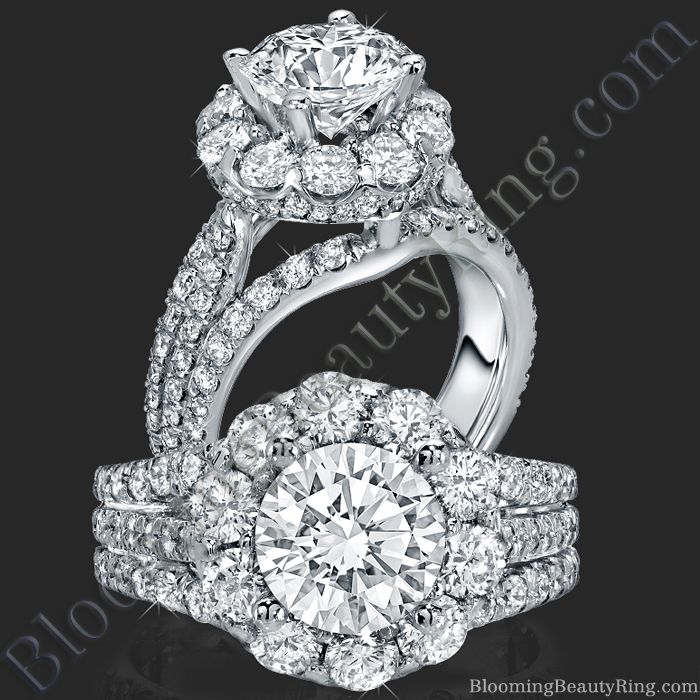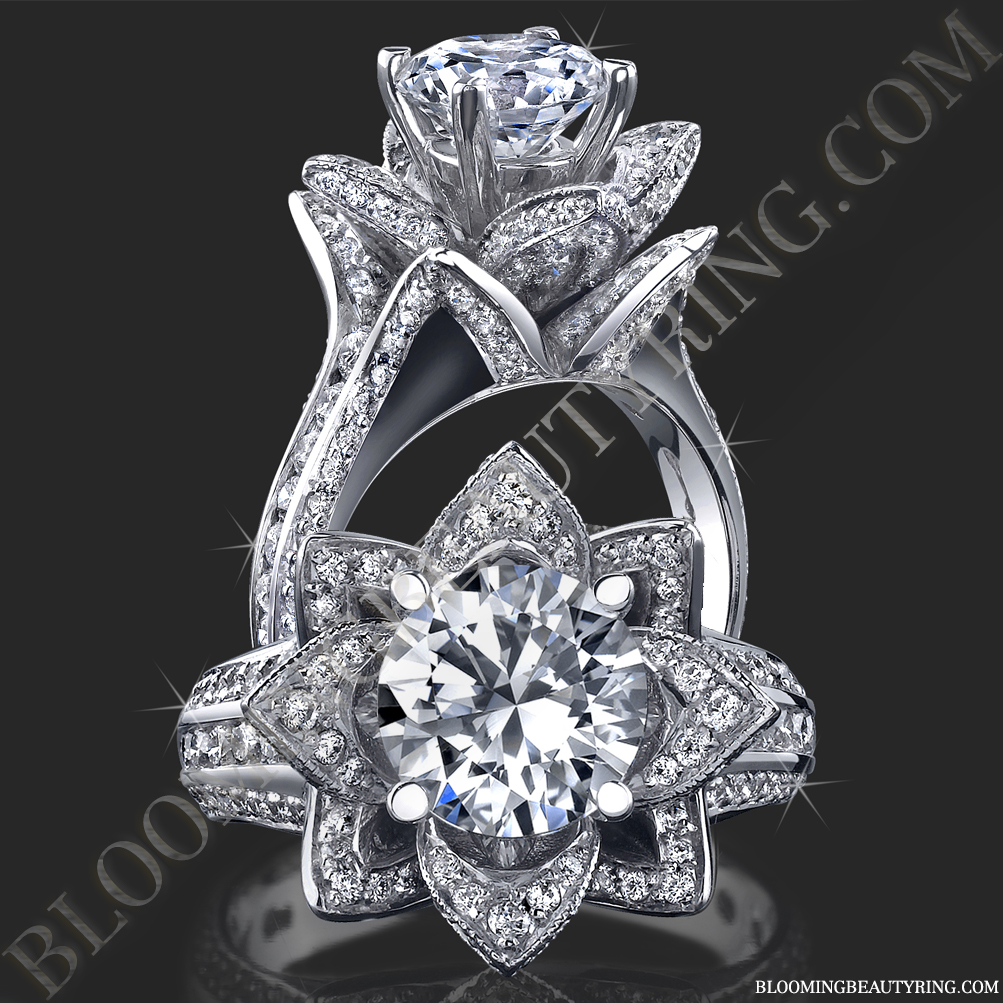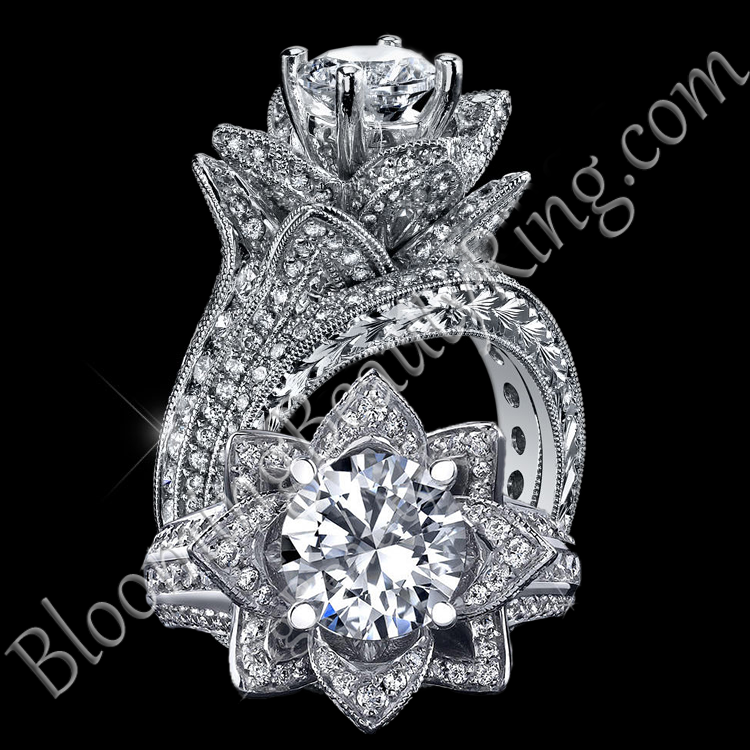~ Diamond Terminology from A to Z ~
There are thousands of terms being used in today's jewelry industry. Some common knowledge, others are obscure and baffling. We've created a database of terminology from A to Z to make it easy, and of course if you still have questions, please do not hesitate to send us an email or give us a call.
Saturation
Diamond Saturation is how much the color is apparent on a faint - neutral - vivid scale.
Scratch
Usually a white line looking inclusion that appears on the surface of a diamond. Just like the scratches you would see on something like wood.
Semi Precious, Semi-Precious
Used mostly to describe any gem that is not a diamond, ruby, emerald or sapphire. There are others that fall into the "Precious" category, but for most purposes anything that's not mentioned above is usually considered semi precious.
Set
Describes the process of putting in a gem, or diamond into a setting's head or mount. It can refer to a combination. An example would be having a matching wedding band to go with your engagement ring. This would be referred to as a Diamond Engagement Set, or Wedding Sets.
Setter
The person responsible for actually making sure the diamond will sit and stay securely in the setting.
Shape
Often times Shape gets mixed up with cut of the diamond or gem. Cut should be talking about the actual Cut (facets to girdle, to culet) but in most cases cut gets confused with the shape which is just how the diamond or gem is patterned out to look like. For instance...Round, Princess, Radiant, Oval, Heart, Pear, etc...
SI, SI1, SI2
These are clarity terms for "slightly included" The diamond grade of SI1 is given when the inclusions in the diamond can not be seen with the naked eye, but are plainly visible under 10x magnification. SI2 Clarity Grade is given, in most cases, when you can see inclusions without the aid of a loupe or scope, but not so easily seen as the I clarity ratings. When you see a diamond that is rated SI and there is no 1 or 2 after it, then the seller of the diamond is being excessively vague on the actual clarity of the diamond and this not a good thing. SI1 and SI2 are clarity rankings acknowledged by GIA, EGL-USA, AGS and other top Grading labs. However SI and SI3 (below) are not recognized as being true clarity ratings by the top diamond certifiers for very good reasons.
SI3
SI3 is supposed to close the gap between Si2 and I1. However, there was no gap that needed filling. SI3 is a term used by very loose diamond graders because many diamond wholesalers wanted "looser" grading on their diamonds to make their diamonds worth more. SI3 is a marketing gimmick to make you think you are getting a SI clarity diamond when it fact it's actually an I1 diamond. This clarity grade is NOT recognized by GIA, the foremost in diamond grading, and every diamond seller knows that when they see SI3 as a clarity grade it's really an I1.
On a side note. Many jewelry outfits love the SI3 clarity. It allows them to play the SI Clarity Trick and save even more money. Read about the SI Clarity Trick.
Simulate
Anything un-natural or natural that tries to mimic something else. Cubic Zirconia would be a great man made example of this. However the more dangerous simulate or imitation is Moissanite. Outside of it's refractive properties, Moissanite is so close to the diamond in structure, heat resistance, and hardness that it even fools the best of best in diamond graders. It usually takes a high tech sophisticated machine to tell the difference. To be fair, Moissanite is not a simulate, however when unscrupulous sellers try to pass it off as a diamond then it can be considered as such.
Spread
This term is usually used when you're dealing with a very large flat table surface and a small and overly thin crown height.
Surface Graining
Any abnormalities or irregularities on the surface of a diamond or gem. Usually caused by polishing errors on the diamond polishers part, or because the polish device or sanding device has irregular or abnormal grooves in it. Completely avoidable if the diamond cutter, polisher, and sander take the time to inspect their diamond sculpting devices.


